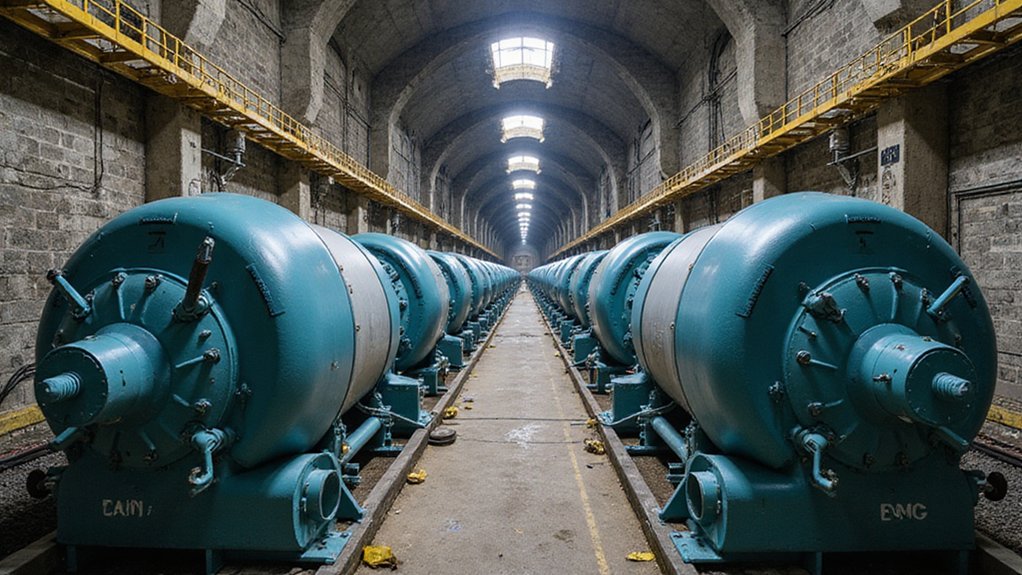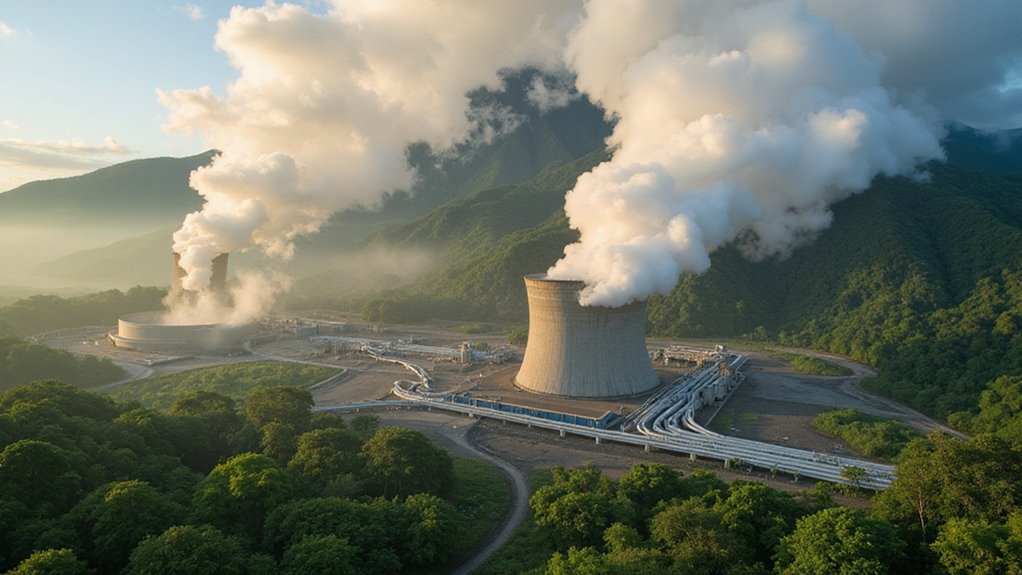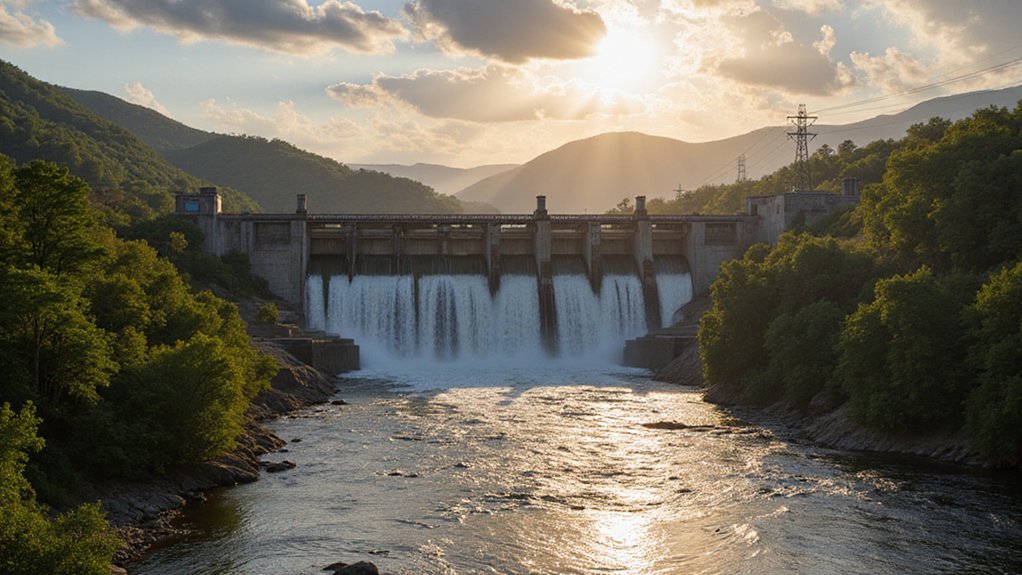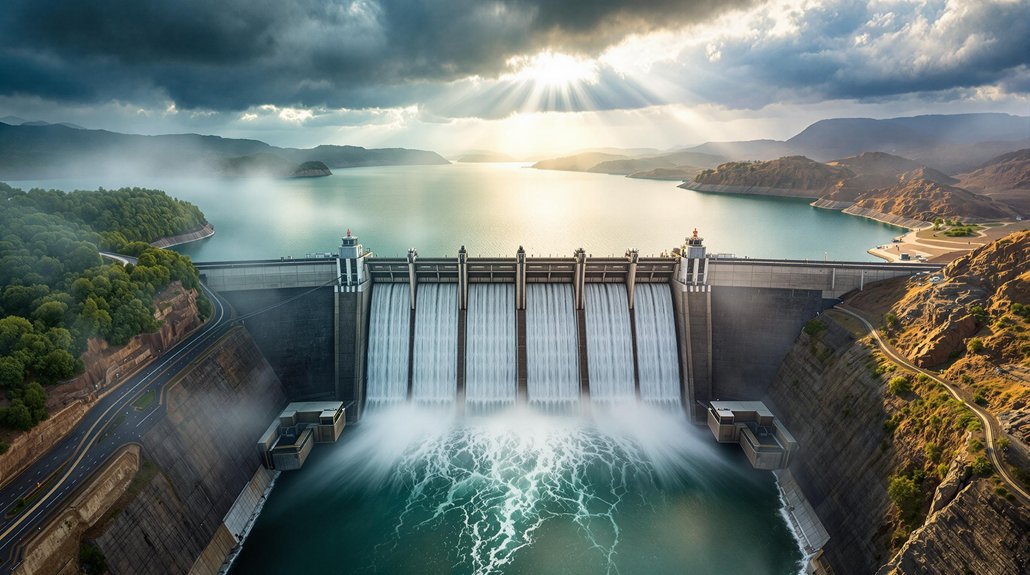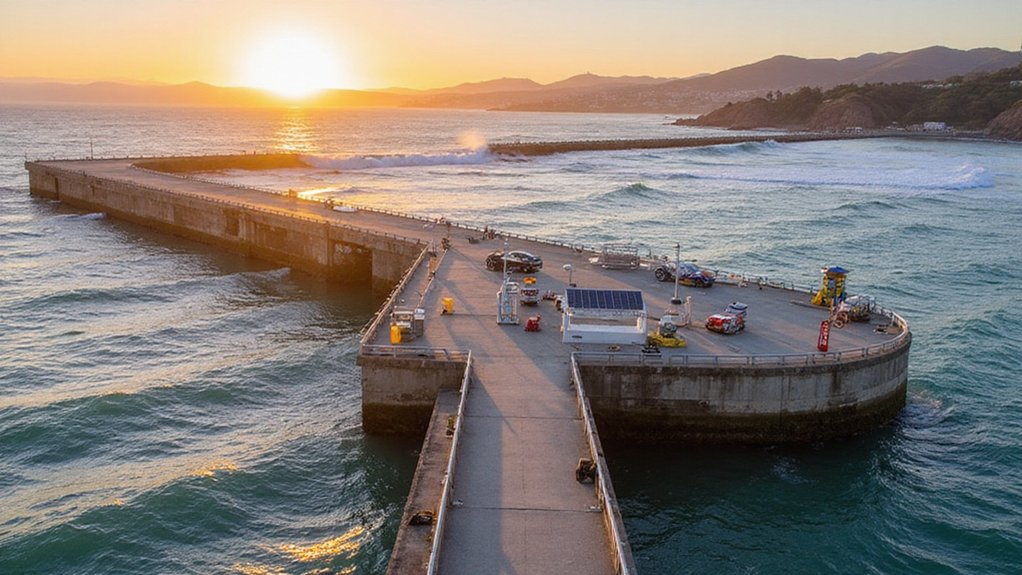A mountain in Wales swallows electricity. Deep inside Elidir Fawr, six massive turbines spin backwards, pumping water uphill like some bizarre reverse waterfall. This is Dinorwig Power Station, and it just scored another 25 years of life. Good thing too, because without it, Britain’s lights might actually go out.
Built between 1974 and 1984 for £425 million, this underground monster can crank out 1,728 megawatts in seconds. Not minutes. Seconds. That’s faster than you can say “power outage.” The whole thing works like a giant battery, except instead of lithium, it uses water and gravity. Simple, really. Water rushes down from Marchlyn Mawr reservoir through turbines when people need power. When they don’t, the turbines reverse and pump it back up.
1,728 megawatts in seconds flat. Water and gravity doing what batteries wish they could.
Here’s the kicker: it loses money on every cycle. Takes more juice to pump water uphill than it generates coming down. Basic physics. But that’s not the point. When wind farms suddenly stop spinning or everyone switches on their kettles during halftime, Dinorwig keeps the grid from collapsing. The station earns steady income for maintaining on-call capacity for frequency regulation, pulling in about £10.8 million in 2016 alone.
The construction was insane. Workers blasted out 12 million tonnes of rock to create 16 kilometers of tunnels. Many of the 2,000 workers were former slate miners who knew how to carve through Welsh mountains. The main cavern stretches 180 meters long and 51 meters tall. They call it “the concert hall,” though nobody’s booking Led Zeppelin down there.
All this sits invisible inside a mountain because Snowdonia‘s too pretty to mess with. This place can even resurrect a dead grid. Total blackout across Britain? Dinorwig’s diesel generators and batteries can kickstart the whole system. It’s called “black start” capability, and it’s exactly as apocalyptic as it sounds.
For a facility older than most millennials, Dinorwig remains stupidly important. Wind and solar power are great until they’re not, and somebody needs to fill those gaps. That somebody lives inside a Welsh mountain, spinning turbines backwards and forwards, keeping Britain’s kettles boiling. Despite newer battery technologies, pumped hydroelectric storage like Dinorwig still represents 94% of capacity in global energy storage systems.
The quarter-century extension means this concrete cathedral of power will keep doing its thankless job, hidden from view, ready to save the day at a moment’s notice.
References
- https://en.wikipedia.org/wiki/Dinorwig_Power_Station
- https://c20society.org.uk/building-of-the-month/dinorwig-power-station-wales
- https://www.geolsoc.org.uk/science-and-policy/100-great-geosites/industrial-and-economic-importance/dinorwig-power-station-and-slate-quarry/
- https://historypoints.org/index.php?page=dinorwig-power-station-llanberis
- https://theswitch.co.uk/energy/producers/dinorwig-power-station
